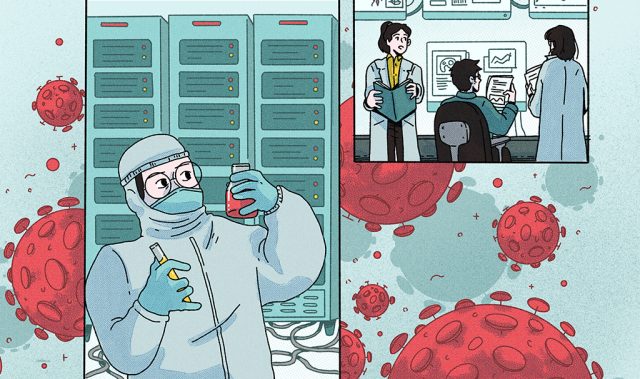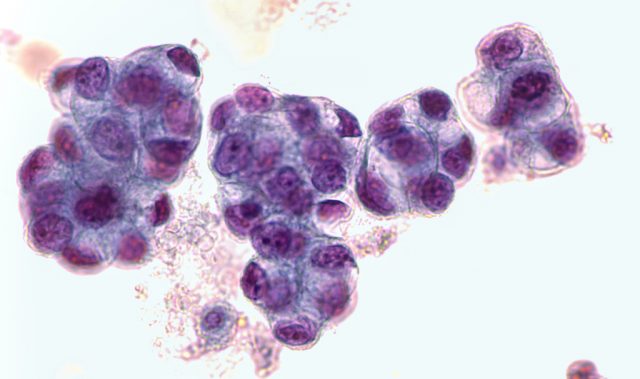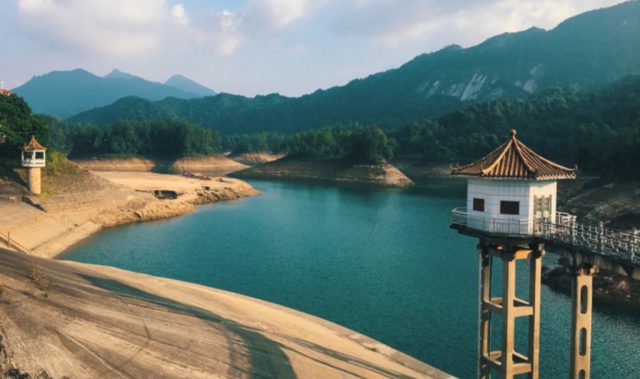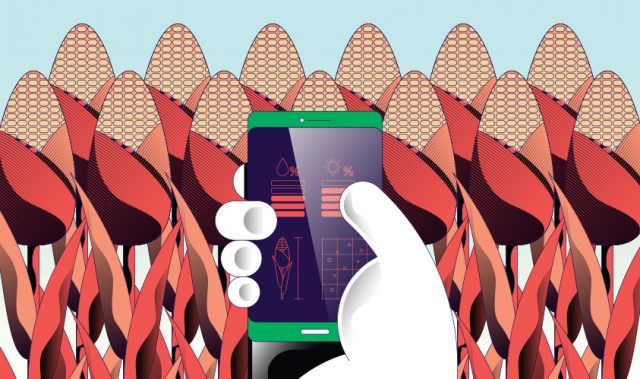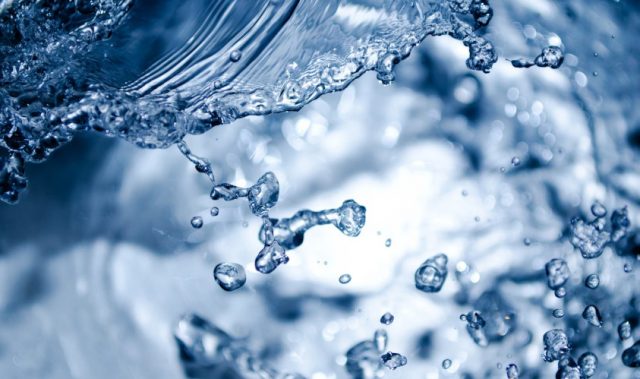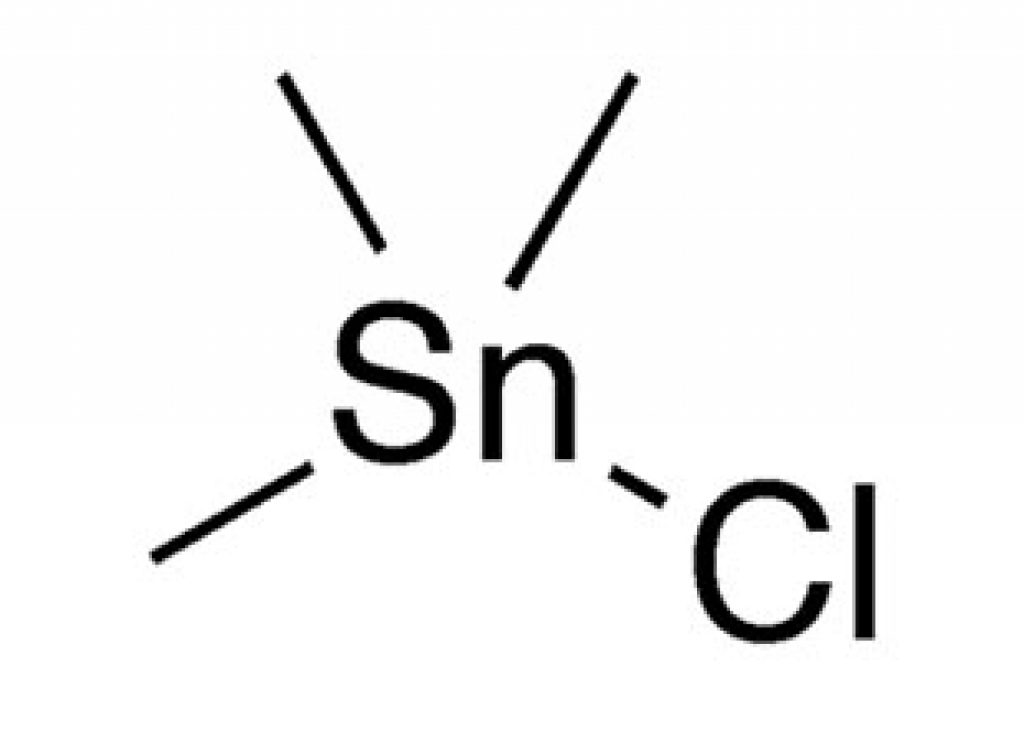
AsianScientist (Jun. 17, 2013) – A study by researchers in China and the United States has shown that low-level occupational exposure to the industrial chemical trimethyltin chloride (TMT) may be a risk factor for nephrolithiasis, or kidney stones.
TMT is a deadly neurotoxin produced as a byproduct of the plastic-stabilization process. At high levels it is implicated in a wide range of neurological disorders, and may even be fatal.
The chemical is now implicated in the silent epidemic of kidney stones, an excruciating, unpredictable, treatable but potentially deadly disease whose prevalence and incidence has been increasing globally across divisions of age, sex, and race. So far, researchers have taken aim at processed and junk foods, obesity, and rising temperatures as causal agents.
“This study provides evidence that even low-level exposure to TMT in the workplace may increase the risk of developing kidney stones, a disease for which effective treatment is not universally available,” says co-author Xuefeng Ren, assistant professor at the University of Buffalo.
“Given the widespread use of PVC pipes in public facilities, homes and workplaces, there is growing concern that methyltins leached from these materials can contaminate drinking water, food and various ecosystems.”
The study, published in the journal Occupational and Environmental Medicine, is a cross-sectional analysis of 335 workers in three plants in the manufacturing hub of Qing Yuan, a city in Guangdong, China.
The study group comprised 216 workers in two plants that use methyltins as the heat stabilizer for PVC production in the manufacture of plastic window blinds. A control group of 119 workers was recruited from a factory that did not employ TMT in its manufacturing process.
Researchers employed a variety of research instruments, including air sampling, interviews, questionnaires, clinical examination that included ultrasonography, and blood and urine samples collected at the end of work shifts from both study and control groups.
They found that, relative to subjects in the control group, the prevalence of kidney stones determined by abdominal ultrasonography was 18.06 percent in the TMT exposure group and only 5.88 percent in the control workers (p<0.01). Increased TMT levels in personal air samples, blood, and urine led to a statistically significant risk for kidney stones, while the length of employment at these two plants was strongly positively associated with the development of kidney stones. Even workers with a relatively low level of occupational TMT exposure were more likely to have kidney stones than those in the control group. Ren says that although the eight-hour time-weighted average of TMT air level in this study was 0.013 mg/m, much lower than the U.S. recommended exposure limits, it still produced stones. The researchers are now investigating the TMT pollution of China's aquatic system. The article can be found at: Tang X et al. (2013) Chronic low level trimethyltin exposure and the risk of developing nephrolithiasis.
——
Source: University of Buffalo.
Disclaimer: This article does not necessarily reflect the views of AsianScientist or its staff.




